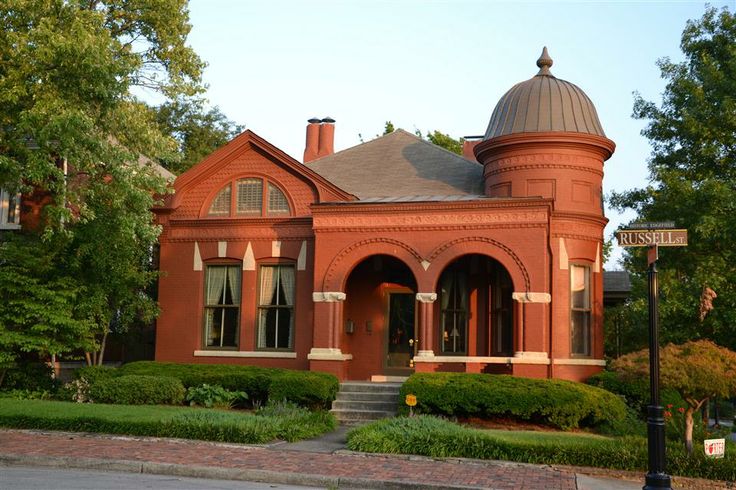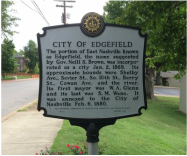Historic Edgefield Timeline
|
The 1900s1909: The Shelby Street Bridge, now the John Seigenthaler Pedestrian Bridge, was built.
1916: The Great Fire swept through Edgefield destroying 648 buildings and leaving more than 3,000 homeless. Mansions and fine homes burned, as well as sawmills and industrial buildings. Later, East Park was built on part of the land cleared by the fire. The park included a pavilion for concerts. 1933: A tornado crossed the river from downtown and destroyed a path all the way to Inglewood. 1940s-1960s: Many large houses became boarding houses, duplexes, or apartments. Urban renewal and interstate construction took its toll on Victorian homes that had survived the fire and tornado. Cayce Homes was built as the housing of the future. 1970s: A few “urban pioneers” discovered the wonderful old houses in East Nashville. One pioneer was Charlie Williams whose young family moved into a wreck of a house on Russell Street and restored it into a beautiful home. 1976: The Edgefield neighborhood association was organized by Charlie and Carol Williams and like-minded neighbors who worked to save historic homes from destruction. 1977: Edgefield became Nashville’s first residential National Historic Register neighborhood. 1978: Edgefield becomes the first Nashville Historic Preservation District with zoning in place to preserve the historic neighborhood. 1990s: Musicians, artists, and creative young couples, all looking for a good price on a fixer-upper, discovered the beautiful old homes in Edgefield. 1998: A terrible tornado cut through the neighborhood along a similar the path to the tornado of 1933. 1999: Following the tornado, the East Nashville community worked with representatives from the American Institute of Architects to produce a plan to guide the development of East Nashville. . |
|


